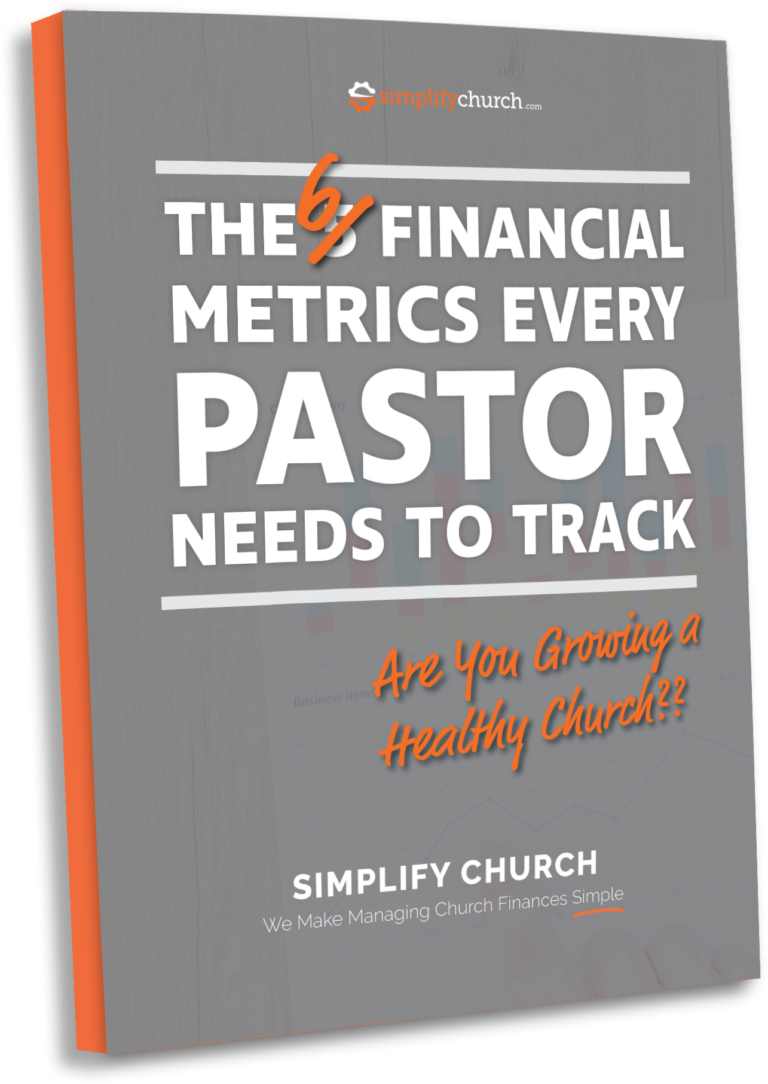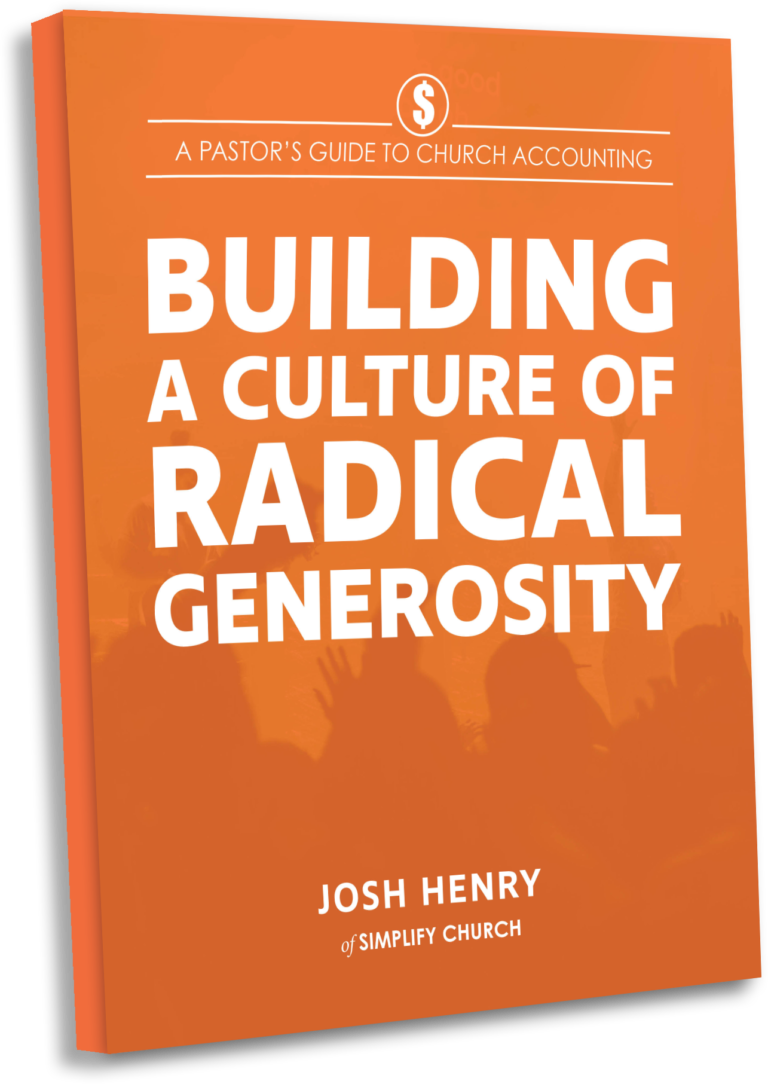I’m sure you’ve checked your calendar and seen that Easter Sunday is a little over a week away.
On Easter Sunday, most churches typically see a spike in attendance. For many churches, it is their most attended Sunday of the year.
You may have been planning for your Easter service for weeks or months already. And now it’s time to throw out those plans and completely shift gears.
But before you give up on reaching new people this Easter consider this:
- More people are facing high levels of stress and anxiety right now
- More people are feeling isolated right now
- More people are actively looking for ways to deal with their stress and anxiety
- More people are considering either their own mortality or the mortality of a loved one
They are looking for something that can bring them a sense of joy, hope and peace in a season of fear and uncertainty.
This Easter, more than any other, more people are looking for what can only be found in Jesus Christ.
In other words, the Easter opportunity still exists!
Yes, you will need to completely rethink your strategy, but Easter is still a significant opportunity. I believe that if you choose to seize this moment, you’ll be amazed at what God can do through your church to reach people that might never otherwise darken the doors of a church.
But You Must Seize the Easter moment.
By this I mean you cannot simply do “church” as normal (whatever that means anymore). You need a new plan to reach people on this particular Easter.
So how do you prepare for an online Easter service in the middle a global pandemic that reaches MORE people for Jesus?
BOOST AWARENESS
Your Goal: To get someone who is not connected to a church to watch your Easter service online.
In many ways, this is much simpler than asking someone to get dressed up and drive to a building with a bunch of people they don’t know. They never have to leave home or even get out of their pajamas. They just need to know that you exist and that you have something that can help them out.
Clarify Your Message
Let’s start with the second part – they need to know that you have something that can help them out.
Here’s the honest truth: If someone isn’t connected to a church, they won’t care about the story of your church, or even the story of Jesus. What they will care about is if what you have to offer can help them survive or thrive.
When you create content that invites people to watch your Easter service, keep this important fact in mind. Create content that addresses the pain you know people are in, and how you have a solution to that pain. And please don’t use “churchy” words.
Before you sit down to write anything, pretend that you’re having a conversation with someone that has never been to church and has just lost their job due to economic impacts of COVID-19. What would you say to that person to get them to watch to your service?
Now create an inviting social media post based on that idea.
Encourage People to Share
Once you’ve thought through what you want to communicate, the next step is to let people know that you exist. The easiest way to boost awareness is to enlist the help of your current attenders. Create a post about your upcoming Easter service on your social media pages. Ask your current attenders to share your posts to their own pages.
This works even better if instead of just hitting the “share” button, they add a personal anecdote about their experience with your church.
Boost Your Visibility on Facebook
If you have some money in your budget, I’d recommend boosting your post as a Facebook and Instagram ad. Once you make a post on your Facebook page, you’ll see a “boost post” button. Click the button and Facebook will give you a series of options to promote your service. You can specify who you want your ad to appear to (such as people in your local area or friends of those who like your page), how long you want the ad to run, and how much you want to spend to reach people.
Engage with People on your Church Facebook Page
Begin now by posting regular content on your social media pages. This will help both keep your regular attenders connected and growing AND help engage new viewers with your content. Have someone from your church leadership team go live on Facebook each day for a daily dose of encouragement, or to share ideas for staying connected and growing spiritually.
Another idea is to create a holy week journey for your members with specific content, scriptures and prayer points posted daily in the week leading up to Easter Sunday.
Encourage Members to Host a Facebook Watch Party on Easter Sunday
A watch party is a co-watching video experience. A host creates a Facebook watch party and invites friends to join him or her. Everyone in a watch party watches the same moment in the video at the same time, and group members can comment on and react to the content in the video.
Let’s say you go live with your Easter service on your Facebook page. A member can navigate to the video, click share and choose the drop-down option “watch party.” From there the member can start a watch party on their own Facebook page or share it to a group page that they are a part of.
The more your members interact with and post about your online service and personally invite friends to join them, the more people scrolling the Facebook news feed will see your service.
PLAN YOUR EASTER SERVICE
Your Goal: To get someone that watches your service to make contact with you
Now is the time to begin planning your Easter service. As much as you want to equip and encourage your church members, choose this service and create it specifically for someone that may be tuning in for the first time.
As I mentioned above, what makes people curious about what you have to say is the belief that it can help them survive or thrive. Build your entire service – your worship, your announcements, your message – around this idea.
For example, if you begin by talking about the fact that we all have a sin problem, you’ve probably already lost your audience.
However, if you begin by talking about the stress and anxiety people are currently feeling and the need to resolve these feelings, then you’ve aroused curiosity and your audience is open to hearing more.
Author Ray Edwards provides a simple outline that he calls the P.A.S.T.O.R. framework. While his book is specifically about communication, this framework is exactly what you as a pastor are called to do!
Here’s the framework:
P – Pain. Begin by meeting people where they are at. Talk about the pain they feel and the problems they face in terms they can relate to.
A – Amplify. What is the cost of not solving this problem?
S – Solution. What is the solution to this problem?
T – Transformation. Share a story of a life that has experienced positive change due to solving the problem
O – Offer. Explain the solution being offered
R – Response. Ask for a response
I have a sign in my home that reads, “You miss 100% of the shots you never take.”
You probably know that just because you ask for a response, it doesn’t mean someone is ready to make a response. On average someone needs to hear the gospel 7.2 times before they are ready to respond. But you will get a response more often than if you never asked for a response.
But asking someone to make a choice to follow Jesus isn’t the only response you can ask for.
Think about a response in terms of building a relationship. You probably wouldn’t ask someone to marry you on a first date. Instead, you might ask for a phone number or a second date.
So what is a logical next step to start building a relationship with that first-time viewer? Ideally you’d like to be able to reach out and start a dialogue.
As I mentioned in this post, every digital service should offer some type of digital connect card that people can fill out. You do not need fancy technology to make this happen! It can be as simple as posting a link to a free Google form you create.
You can encourage more people to fill out these forms by asking them to submit prayer requests that you will pray over.
Or consider offering to donate a specific amount of money (e.g. $5) to your local food bank or some other COVID-19 response organization for every connection form that gets filled out.
Another way to encourage a response, is by offering a free download that helps people further implement whatever you talked about in your message. This could be almost anything.
You could offer a prayer and meditation guide, or a list of people offering free online counseling, or a handout on how to rethink your budget in times of crisis, or a free ebook on overcoming fear. The possibilities are endless!
For the next few weeks, you’ll need to be clear (and repetitive) about specific ways for people to plug into your digital community. Keep publishing encouraging content on your social media pages and keep seeking opportunities to connect with those who may be far from God. You might even consider starting a new preaching series on Easter and encourage people to come back the following week to hear the rest of the story.
PLAN YOUR FOLLOW UP
Your Goal: To turn a one-time viewer into a regular viewer and potential future visitor to your church.
I’ve talked with plenty of churches who theoretically had a “follow-up plan,” but their execution was lacking. Make sure you know:
- HOW you will follow up (text, email, card in the mail, etc)
- WHO will follow up
- WHAT TIME FRAME you will follow up
Last Christmas I was visiting family and we visited a local church on Christmas Eve (a Tuesday) because the service time worked well for our family. A few weeks went by and one morning I received an email from a church thanking me for “my visit last Sunday.” I knew that I had been at my home church the past Sunday and my first thought was, “Has someone been using my email address?”
It took me a few moments to figure out that email was from the church we had visited on Christmas Eve. While I am glad that the church followed up, their follow up was neither timely (three weeks later) or accurate (I did not attend the past Sunday).
I could make excuses for them and say that the person responsible for follow up was probably on vacation, but the truth is that their follow up would have been a lot more effective if they had simply tweaked their message and then either had someone else send the follow-up message or automated their follow up.
A simple text or email might be the difference between someone never watching your service again and someone eventually becoming an active part of your congregation.
Services like Text In Church are designed to help you effectively follow up either through text or email. (Note: They are currently offering 60 days free for new members).
A simple text or email might be the difference between someone never watching your service again or someone eventually becoming an active part of your congregation.
However you choose to follow up, your plan should include MORE THAN ONE touchpoint. The goal is to build a relationship over time. That does not mean rushing to a commitment, but rather cultivating curiosity that leads them to want to hear and learn more.
FOLLOW THROUGH
Now that you and your team have developed an intentional process for connecting new people to your church digitally, follow through with it.
Remember, you are creating open doors for new relationships. As with any relationship, getting to a place of trust will take time. You may get discouraged because this method is not nearly as simple as counting the number of visitors who attended on an Easter Sunday and then counting how many visitors returned for another visit.
But the door to reach MORE people who would not normally visit a church is open to you. And if you are faithful in the slow path of building relationships over time, you may be surprised at how many visitors you do get, once you can physically begin meeting together again.
But you must seize the opportunity!
Be intentional and consistent in your planning, execution and your follow up. I can’t wait to hear how God works through your church in the coming weeks and months!














